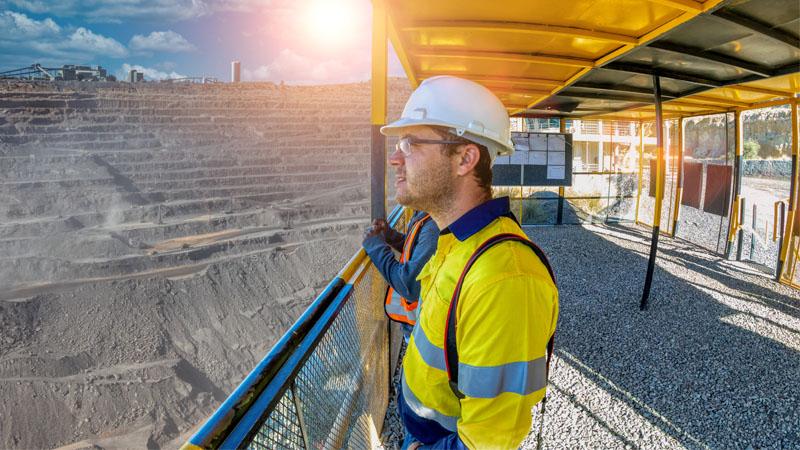How modern technology helps the mining industry enhance sustainability
Mining has been done since time immemorial. The industry has leapfrogged ever since but today, it finds itself at a critical juncture. With communities, stakeholders and governments calling on the industry to promote sustainability and responsible mining, the next few years will be defining.
Mines has a lasting impact on a community’s air, water, and land. Leading mine owners are increasingly developing plans to consider the interests of communities and the environment around them, keeping in mind the local circumstances and a mine’s life cycle. Their focus is on the economic, social and environmental effects of operations, providing a safe, healthy work environment. It is easy to see how failure on any one (environmental, social or economic) can affect the other and ultimately have a detrimental impact on the mine and the company.
The industry has navigated these challenges in the past by a variety of means and continues to play a key role in many economies worldwide. We look at a few of the challenges and how they can be addressed.
Don't waste the water
Water has the most immediate impact on a community as it affects local agriculture, drinking water and natural beauty of the environment. For example, in 2013, the Australian government fined a subsidiary of a global miner for runoff from its coal operations that polluted a river. In Brazil, a recent mine dam collapse that killed several people was possibly the result of a complex set of governance and management processes influencing the mine’s water infrastructure.
Water often becomes polluted from accidental runoffs due to storms, floods or snowmelt that leads to failure of tailing dams. Mines generally are not prepared for such sudden events, but with the help of weather station and forecasting abilities that are available today, better preparedness is possible. Moreover, it prevents mines from paying heavy fines imposed by authorities as well as the reputational risks that comes with such failures.
While there have been many accidents due to thunderstorms and lightning leading to revenue losses and even worse, loss of lives, the solutions have been far and wide. With Vaisala Global Lightning Network, lightning strike data can be used to secure the workforce and valuable assets. The accuracy of the location and the timing of the strike can prove to be vital as premature closing and delayed reopening can result in the loss of millions in revenue.
The air we breathe
Air pollution comes in many forms, from gases such as Carbon Monoxide and Sulphur Dioxide to even dust particles. Particulate matter generated by mining operations at the site is a breathing risk not only for the communities but also for the operators within the mine. While the challenges may seem daunting, modern technology can mitigate the impact or eliminate it altogether. Water is used extensively in mining for various operations and most significantly for reducing the dust at the site. Current methods of spraying over the entire site is wasteful and unnecessary. While air quality sensors can help is detecting the hotspots, one would need hundreds to achieve the greatest resolution and accuracy.
This is where wind lidar comes in handy. A single lidar device overlooking the mine site, coupled with data obtained from a few air quality sensors, can provide the most accurate resolution and data down to minutes so that dust hotspots can be detected in an instant and can be eliminated or mitigative actions can be initiated.
Mitigating dust problems in Port Hedland
Satisfied customers and stakeholders in Port Hedland of Western Australia are a testament to our efforts to address these challenges. Historically, Port Hedland has been a very busy port with many mining operators having their loading and shipping operations. The port is located in the small town of Port Hedland and particle emissions (PM) and associated impact are important issues for the industry, the government and the community. With the help of Vaisala WindCube Scan lidar coupled with PM sensors, dust sources impacting local communities were assessed allowing to optimize the effectiveness of dust mitigation measures.
In conclusion, it is easy to be overwhelmed by the challenges the industry faces but the right technology when implemented correctly can help the industry refine its focus on these key areas.
